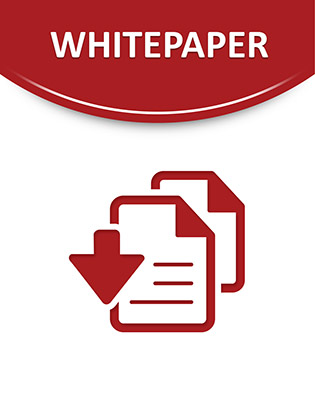User Directed Storage Management: How To Make Users Accountable For Responsible Storage Usage

The sheer volume of excess data - whether it is outdated, of no intrinsic value, or simply redundant - adds time and hassle to information retrieval. Which, over time, can be a major drag on productivity and compromise your organization's ability to compete in today's evershortening business cycles.
State-of-the-art SRM embeds the intelligence necessary for administrators and users to prioritize and easily manage data, making what's most important most accessible. Over the past several years, there's been a lot written about ILM. ILM is a philosophy and an approach that begins with management and the IT team harmonizing goals and tactics. Working together they assign value to information and determine how to manage it by establishing rules governing what and how much is stored. The next step in ILM is to bring users into the process. While management and IT establish the overarching storage policies, users are made aware of their stake - and responsibility - in the process, and are empowered with the tools and information required to make sensible storage-related decisions. Such a framework assures that information is up-to-date and that critical information is readily available on-demand. Such a system has far-reaching implications for just about every aspect of business: from efficient and responsive customer relations to arming your sales force with the real-time information they need to be effective.
